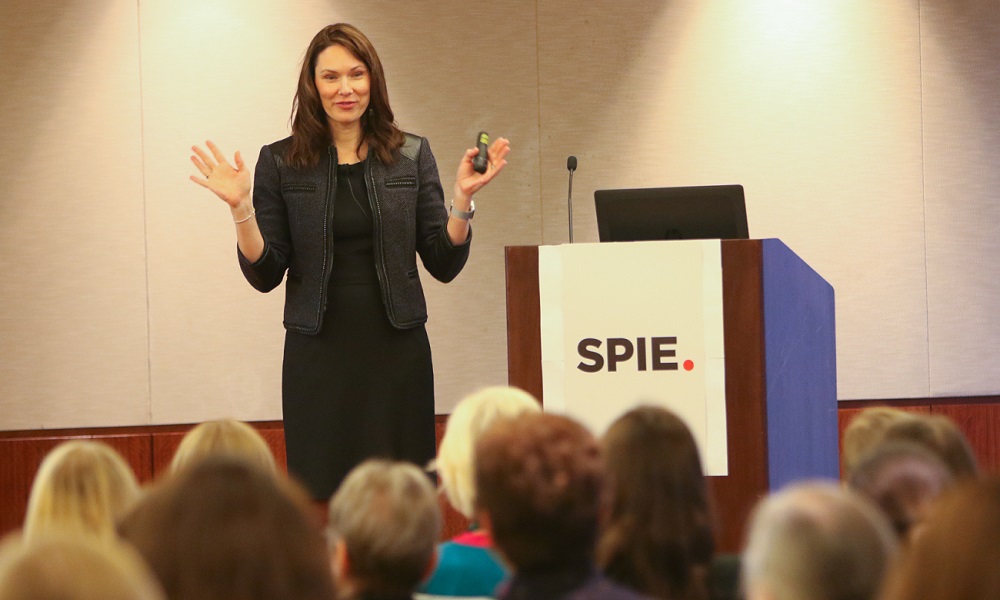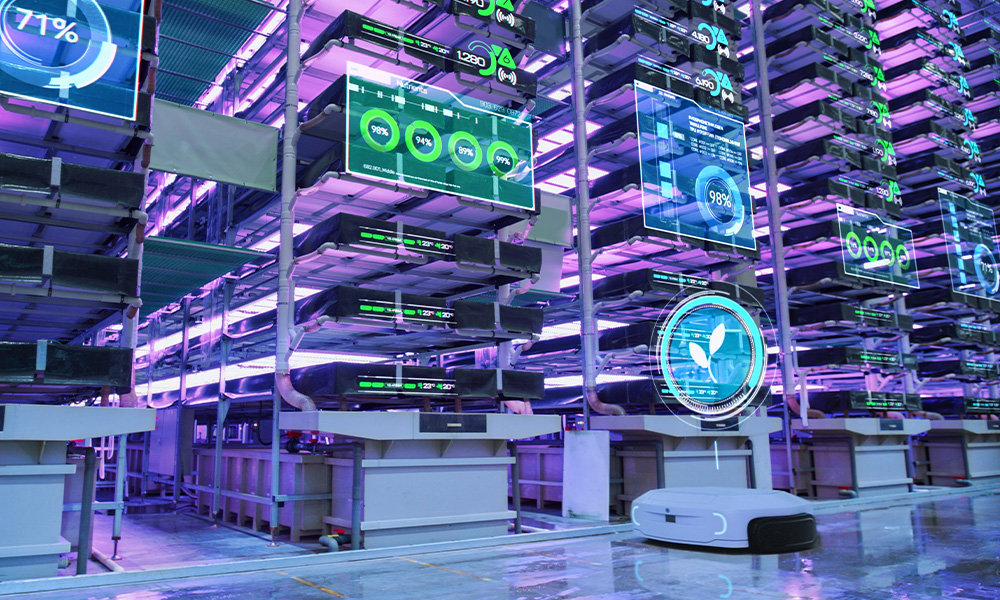Paper 13354-17
Dependence of pure copper layer formation on substrate materials in the multibeam method using blue diode lasers (Invited Paper)
29 January 2025 • 8:40 AM - 9:05 AM PST | Moscone South, Room 201 (Level 2)
Abstract
A copper is expected to be used for handrails, doorknobs etc., which are touched by many people to prevent infectious diseases because of having excellent properties such as antibacterial property and a virus inactivation property too. To add a new function of virus inactivation property to the surface keeping the strength, it is necessary to develop a coating technology to form a copper layer on the surface. So, multi-beam LMD system was developed using a high intensity blue diode laser (B-LMD). To form a thin and dense copper layer, it is necessary to heat and melt not only the powder but also the substrate. The copper powder must be heated to its melting point during flight, and the substrate materials must be melted at the same time. So, the optimum conditions for copper layer formation are different, depending on the substrate materials. Therefore, it is important to clarify the influence of material properties such as absorptivity and thermal conductivity of the substrate. In this study, pure copper layer on C5191P copper alloy substrate, which has higher thermal conductivity than SUS304 stainless steel substrate, was formed. And the pure copper layer on C5191P copper alloy substrate was compared with layer formation on SUS304 stainless steel. To form the same cross-sectional area of pure copper layer, laser power density of 2.6×104 W/cm2 was required using SUS304 stainless steel substrate material, and a power density of 6.6×104 W/cm2 was required using C5191P copper alloy substrate material. It was required to need 2.5 times power density, which form the same cross-sectional area. So, Energy balance of layer formation was examined. As a result, the ratio of diffusion to the substrate due to heat transfer to the input energy was 72.2% for C5191P copper alloy substrate and 51.6% for the SUS304 stainless steel substrate. This means that more than 50% of the input energy is lost through heat transfer. Therefore, it became clear that the energy lost due to heat transfer has a significant effect on layer formation.
Presenter
Joining and Welding Research Institute, Osaka Univ. (Japan)
I received the Master of engineering degree at Osaka University, Japan. Now I have been a researcher at Joining and Welding Research Institute Osaka University, Japan since June 2016.


